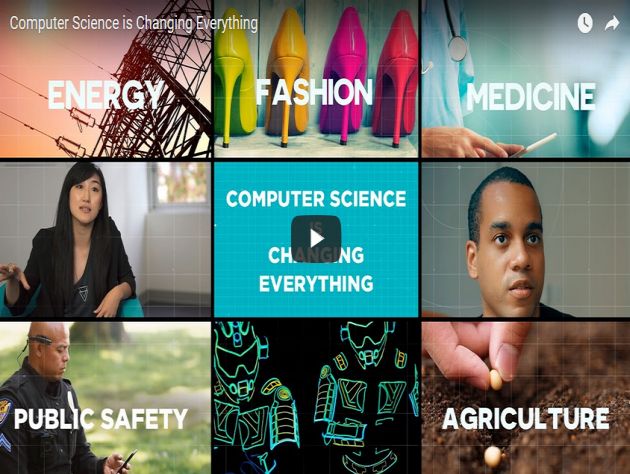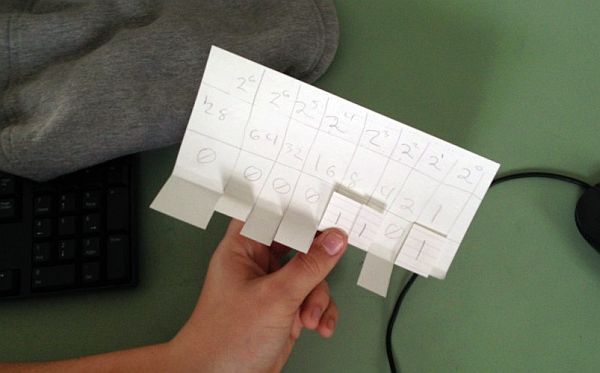|
AP Computer Science Principals
Big Ideas
- Creativity
- Abstraction
- Data and Information
- Algorithms
- Programming
- The Internet
- Global Impact
Computational Thinking Practices
- Connecting computing
- Creating computational artifacts
- Abstracting
- Analyzing problems and artifacts
- Communicating
- Collaborating
Computer Science: The New Literacy
Whether it’s 3-D animation, engineering, music, app development, medicine, visual design, robotics, or political analysis, computer science is the engine that powers the technology, productivity, and innovation that drive the world. Computer science experience has become an imperative for today’s students and the workforce of tomorrow.
The AP Program designed AP Computer Science Principles with the goal of creating leaders in computer science fields and attracting and engaging those who are traditionally underrepresented with essential computing tools and multidisciplinary opportunities.
Rigorously Developed
In development since 2008, AP Computer Science Principles was created with significant support from the National Science Foundation. The College Board worked with more than 50 leading high school and higher education computer science educators who piloted the course at their institutions. This rigorous process of development and testing has yielded a course that not only reflects the latest scholarship in the field, but provides students with a relevant and engaging learning experience.
Over 90 colleges and universities have stated their support for the course, with the majority anticipating they will award college credit for high exam scores.
|
|
|
| |
AP Computer Science Principals

Code.org- AP Computer Science Principals Syllabus
2019-2020 code.org Log-In Codes
Period 2- HKBFLH
Period 3- JGTCHF
Period 4- JRCZPJ
AP College Board Join Codes
Period 2- MV6YDP
Period 3- MM6JZQ
Period 4- W3VDQY
Instructions for Joining College Board Class
Unit 1 - The Internet
This unit explores the technical challenges and questions that arise from the need to represent digital information in computers and transfer it between people and computational devices. The unit then explores the structure and design of the internet and the implications of those design decisions.
| Day 1 |
1st Day of School |
In Class Work
- Intro
- Class Rules and Description
- Mr. Burrill Quiz
Out of Class Work-

|
|
| Day 3- |
Umit 1- Lesson 2 & 3 : Binary Messages / Internet Simulator |
Download PowerPoint Day 3
Today's Agenda-
--Out of Class Work--
- Burrill Syllabus Last Page Due
- Journal Entrys Below
- Facebook Data Center
- Vocabulary- Bit, Bitrate, Protocal, Bandwith, Latency, Byte, Kilobyte, Megabyte, Fiber Optics, Wifi, and Ethernet Cable
- Video- How Does the Internet Work

|
| Day 6 |
Unit 1- Lesson 7- Sending Text |
Download PowerPoint Day 6
Today's Agenda-
--Journal--
- Vocabulary- ASCII, Nibble, ASCII Art
- Place a ASCII/Binary/Hexadecimal/Decimal chart in your Journal
- Find a ASCII Artwork piece you like and place in your Journal
- Complete Lessons 1-7 @ code.org
- Have Journal ready to rock and roll!
- TEST NEXT CLASS!
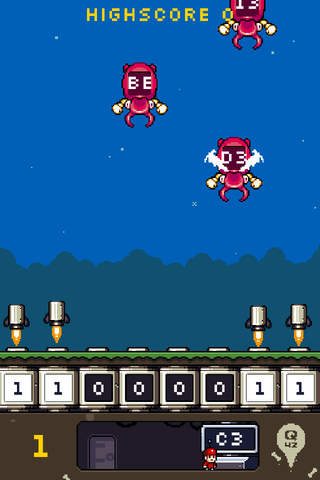
|
|
| Day 9 |
Unit 1 Les 9 & 10- Need for Addressing / Routers/Redundancy |
Download PowerPoint Day 9
Today's Agenda-
--Journal--
- Vocabulary- IP Address, Packets, DNS, Router, Redundancy
- Finish code.org Lessons 9 & 10
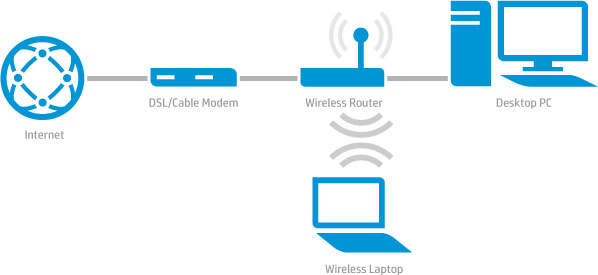
|
|
| Day 10 |
Unit 1 Lessson 11- Making a Reliable Internet |
Download PowerPoint Day 10
Today's Agenda-
--Journal--
- Vocabulary- TCP, Fault Tolerant, DNS, IPv4, IPv6, DNS Spoofing, Heirarchy, DDoS, Switch, Proxy, URL, Firewall, Client
- Article-The growing threat of DDoS attacks on DNS

|
|
| Day 11 |
Unit 1 Lessson 12 & 13- The Need for DNS / HTTP and Abstraction on the Internet |
Download PowerPoint Day 11
Today's Agenda-
--Journal--
- Vocabulary- Abstraction, Server, Client, HTTP, HTTPS, Internet Layers, Static Web Page, Dynamic Web Page, Web Application, Get, Post, Headers
- Place Internet Layers Chart in Journal
- Study for Unit 1 Test
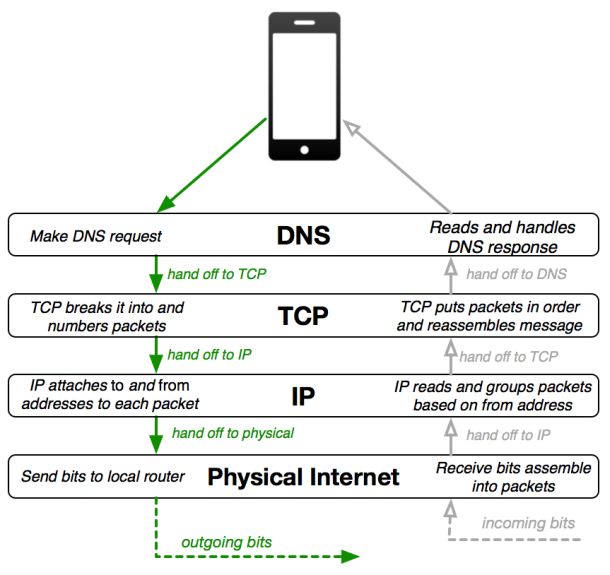
|
|
| Day 12 |
Test- Unit 1 Test Prep and Review |
Today's Agenda-
--Journal--
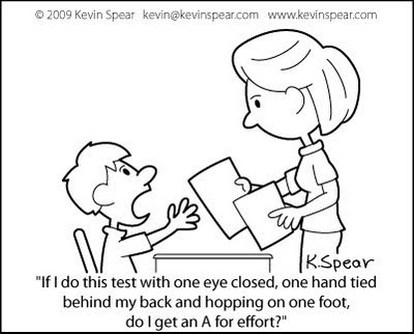
|
|
| Day 13 |
Test- Unit 1 Test |
Today's Agenda-
--Journal--

|
|
Continue to Unit 2- Digital Information
|
|
© WRWEBHEADS.COM |
|



